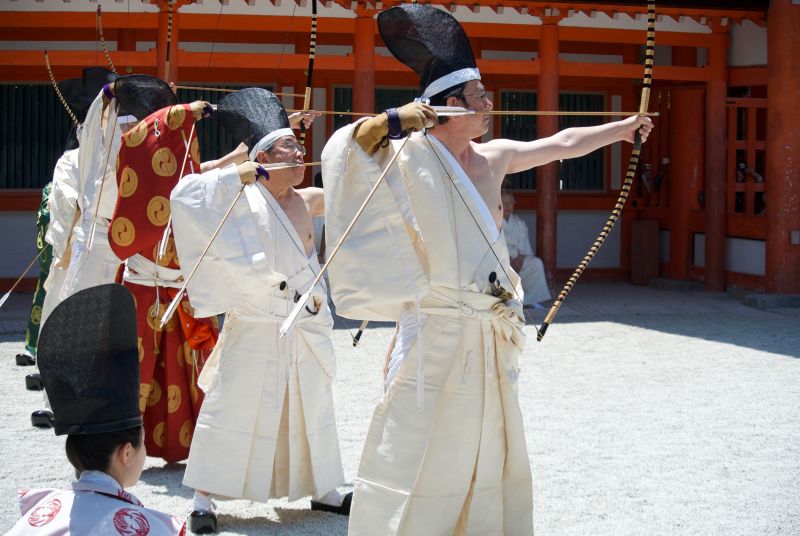
Drawing the arrow to its full length requires strength and endurance. Such was the tautness that hands were visibly shaking.
It’s known that Shinto has strong connections with some of the martial arts. Aikido of course, which its founder Morihei Ueshiba openly stated was based on Shinto principles. He drew on traditional thinking in martial arts, for Shinto had played an important part in the cult of sword making and schools of swordsmanship. Sincerity and the vanquishing of evil informed the practice. In rituals swords were used as tools of purification to dispel impurities. And animist belief ascribed spirit to the sword.
This is not surprising considering the vital role that the sword played in ancient times, when it held magical power as a symbol of authority that could determine life and death. It’s why it is one of the three sacred regalia of Japan (along with the mirror and magatama bead necklace). It’s why Excalibur too continues to mesmerise even in the modern age. (See here for a previous Green Shinto post exploring the martial commonalities of Zen and Shinto.)
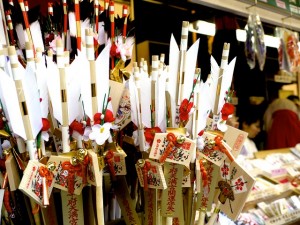
The New Year good fortune arrow symbolically kills off evil, ensuring a succesful year ahead
The Shinto influence on sword fighting is evident in names like Katori Shintō-ryū, one of the oldest martial arts styles in Japan. The connection with Zen is also well-known through such figures as Miyamoto Musashi, a master swordsman who wrote The Book of Five Rings. He was not only a student of Zen like other samurai, but learnt about ‘no mind’ from master guru Takuan who was attached at one time to Daitoku-ji in Kyoto.
One other martial art, not often mentioned in this context, is Kyudo, or Japanese archery. It is based on the arrow, and as New Year approaches Shinto arrows are going to be increasingly evident as people flock to shrines to collect good luck amulets for the coming year. Since the arrow is a means of dispelling impurities (aka evil demons), they are thereby a token of good fortune. You’ll often see arrows fired into the air in the four directions both in Shinto and yamabushi (mountain ascetic) festivals.
Talking to a young priest about this topic recently, I wasa struck by his assertion that the arrow was a symbol of the life force. Through its dynamism and preservation of well-being, it acts as a powerful pro-life agent. And in taking aim, the archer has to practice being in the here and now, the nakaima that Shinto preaches. As indeed does Zen mindfulness.
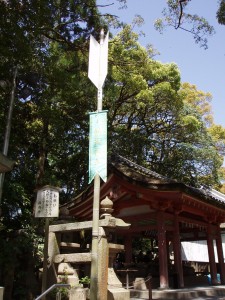
Arrow at entrance to Iwashimizu Hachiman
The remarks reminded me of the foundation myth of the Shimogamo and Kamigamo World Heritage shrines, in which a young princess takes home an arrow she found floating down the river and the next day becomes pregnant. The arrow here acts as potent phallus, and we know from fertility shrines throughout East Asia that it’s a powerful life protecting force. (Some Bhutan houses have large paintings of a penis on their exterior for this very reason).
Zen in the Art of Archery (1948) spread the idea in the West that the two were indelibly intertwined. It was written by Eugen Herrigel (1884–1955) a German professor of philosophy who worked in Japan in the 1920s when he studied Kyudo. His book was all about overcoming the self in order to become one with the arrow.
However, Herrigel’s viewpoint was a partial one if one recognises the significance of arrows in the Shinto tradition. It’s said that Sugawara no Michizane, whose spirit was deified as Tenjin, was good at Kyudo, and there are Kyudo practice ranges at shrines such as Tsubaki Taisha in Mie Prefecture.
But the supreme example of arrows in Shinto may be the yabusame horse archery demonstrations that take place at various shrines. These have symbolic force, not only in terms of entertainment for the kami, but in predicting a good harvest or weather conditions. With an arrow shot true and straight, the force will be with you.
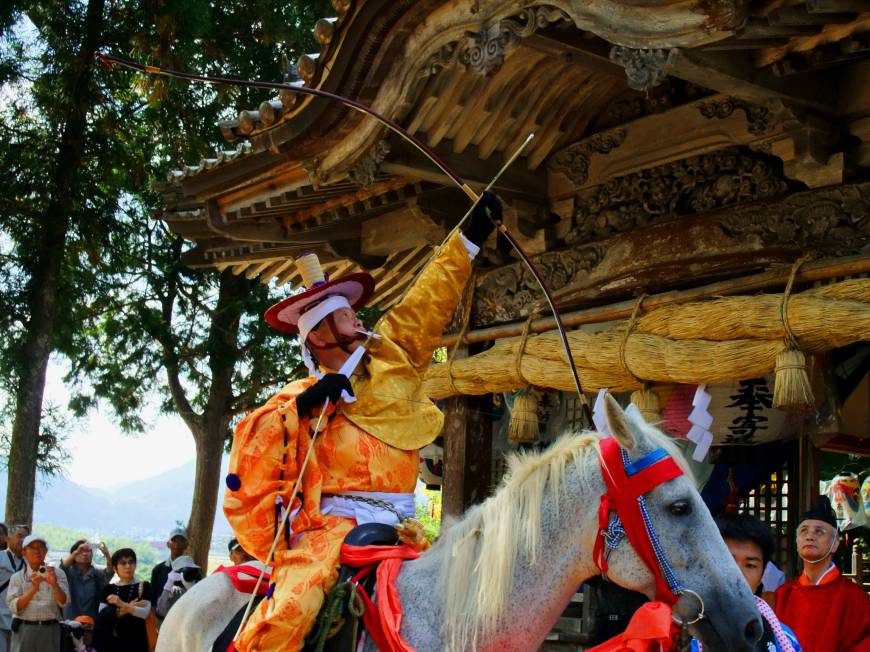
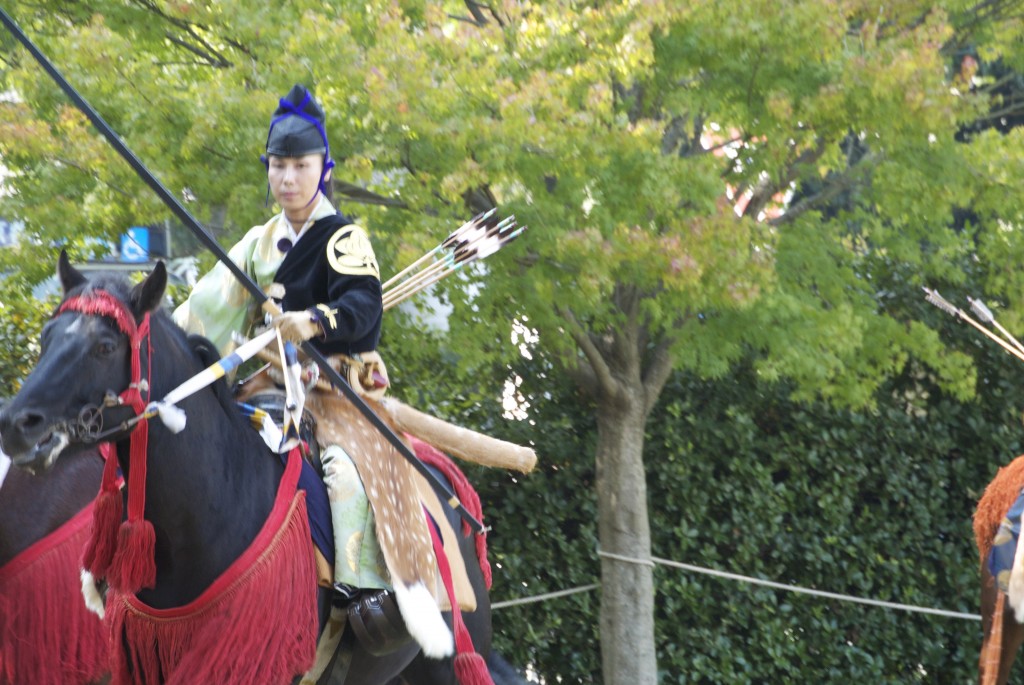
Horse archery at Kamigamo Shrine
A HAPPY NEW YEAR TO ALL GREEN SHINTO READERS AND MAY YOUR ARROW FOREVER FLY TRUE AND HIT THE TARGET IN THE COMING YEAR OF THE BOAR!
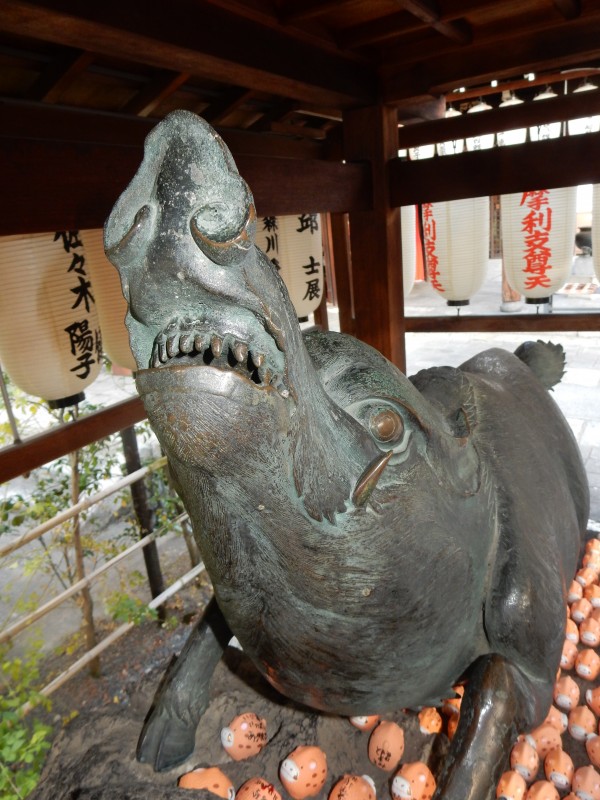

Leave a Reply